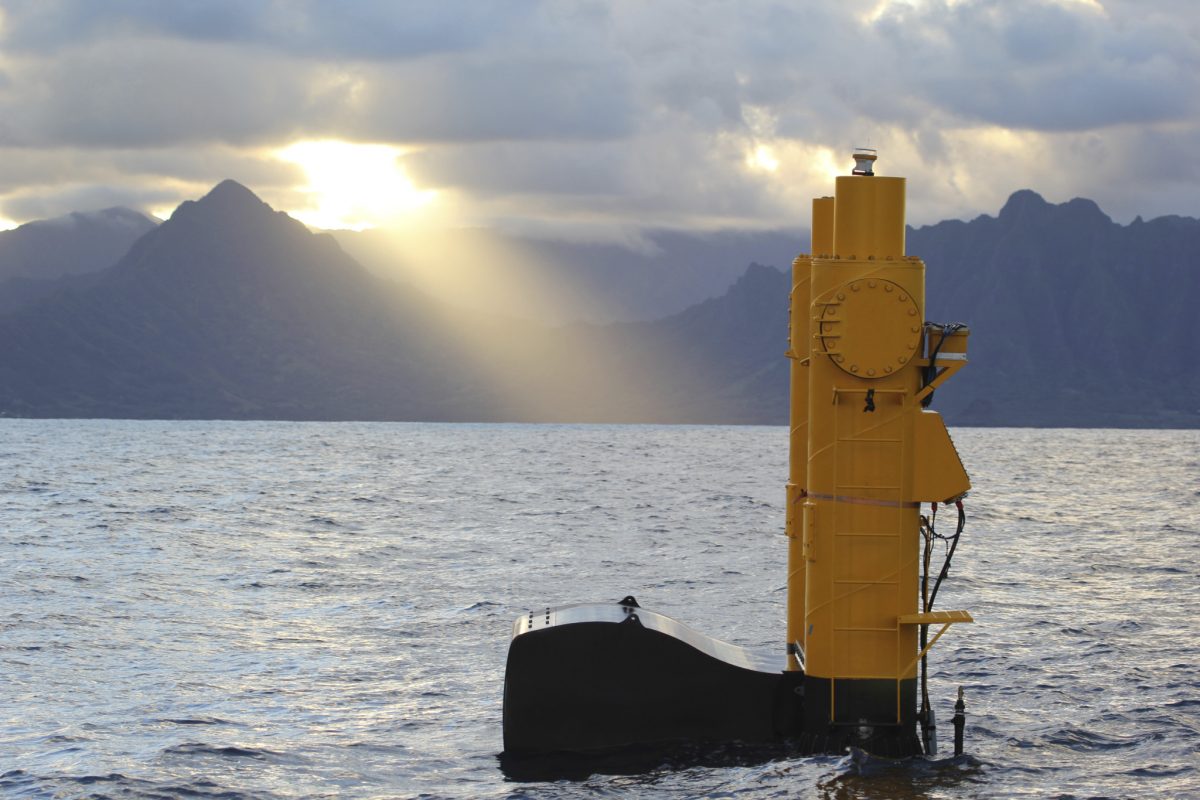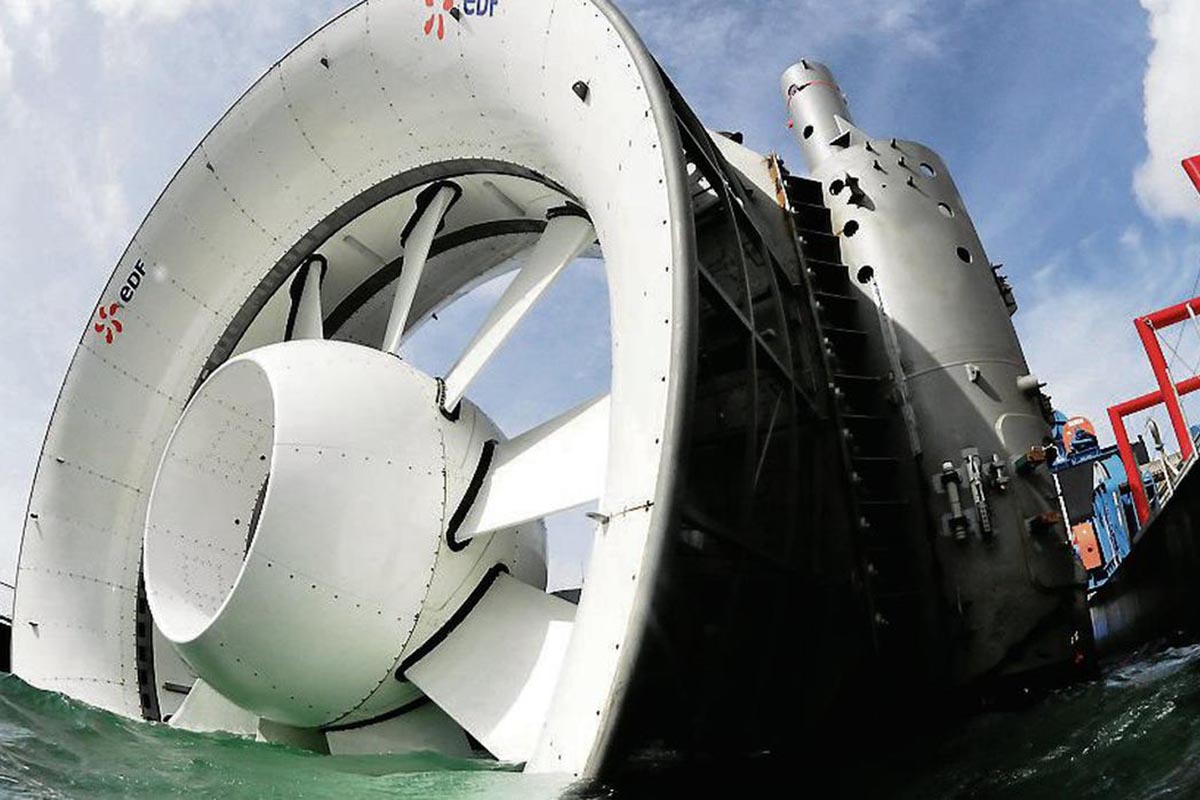When it comes to offshore energy resources, wave and tidal energy are among those untapped areas. The development is still in the early phase, but a few companies are already dealing with professional advice, technical engineering, and marine assurance concepts in support of our clients’ projects.
Wave Energy

Wave energy pertains to transporting and capturing energy found at the surface of ocean waves. The energy can be utilized in water pumping, water desalination, and electricity generation. This renewable energy is among the most extensive resource available in many parts of the world.
There are renewable engineering services to extract energy from the waves’ rise and fall using a buoy. Once the extraction is done, a rotary or linear generator is used to convert it into electrical energy.
The technology is still new, and most of the services we’ve done related to it are consultations, drafting, planning, and research. Nevertheless, the installation of wave farms has started with the main sites situated in the US, Australia, United Kingdom, and Portugal.
Tidal Energy

Tidal energy is produced through the movement of oceans and tides. Kinetic energy is formed depending on the intensity of the rise and fall of the tides. This water movement pushes the turbine and, in effect, generates power. The turbines have similarities to wind turbines, except for the placement since they are installed underwater.
Tidal power can be collected in lagoons, barrages, or tidal streams. The downside to this is that since it’s new, the initial cost is still high, but experts, including our people at Zander, work in improving the system to make the innovation available at a cheaper price. Tidal energy has the following benefits despite the high cost:
- The facilities and equipment last longer
- The technology helps in preventing coastal flooding
- Tides produce a constant and predictable power output.
- More tests and enhancements are being done to make the technology more efficient and affordable.
Tidal energy has a huge potential of providing most people’s energy needs without resorting to fossil fuels. However, before achieving this goal, the relatively new technology has yet to undergo various challenges and testing.
